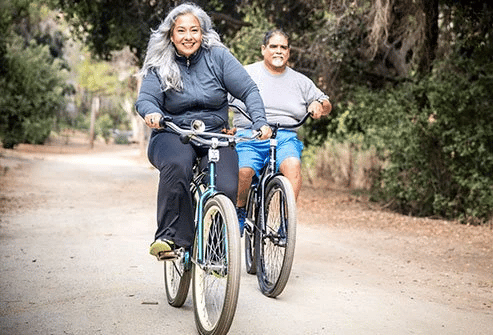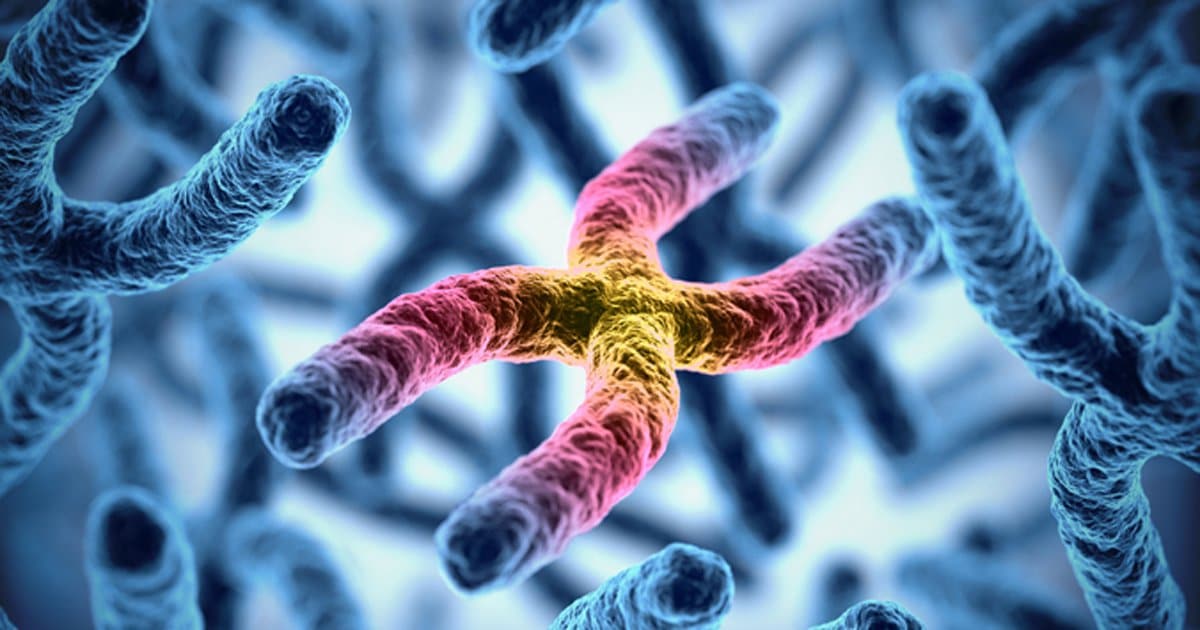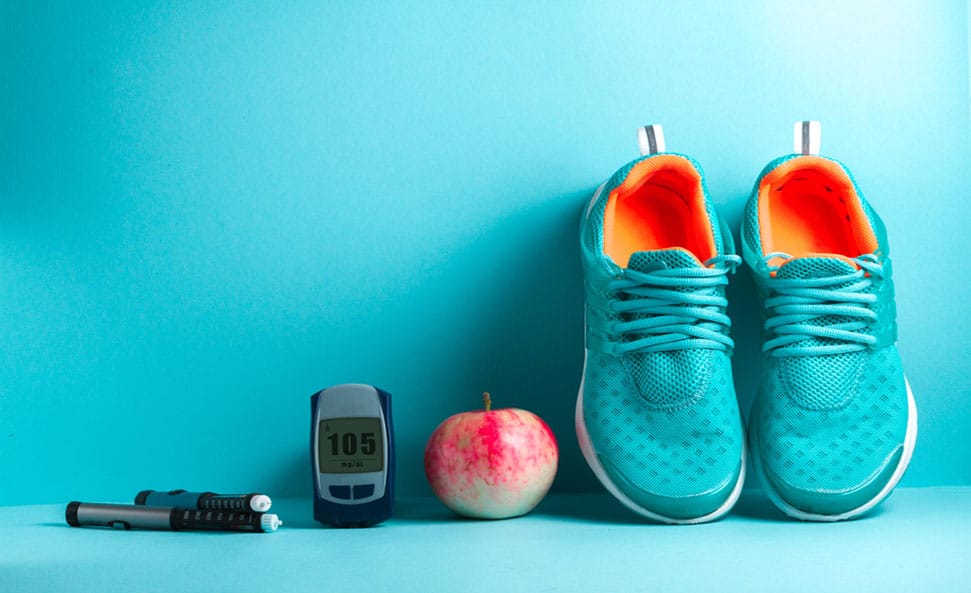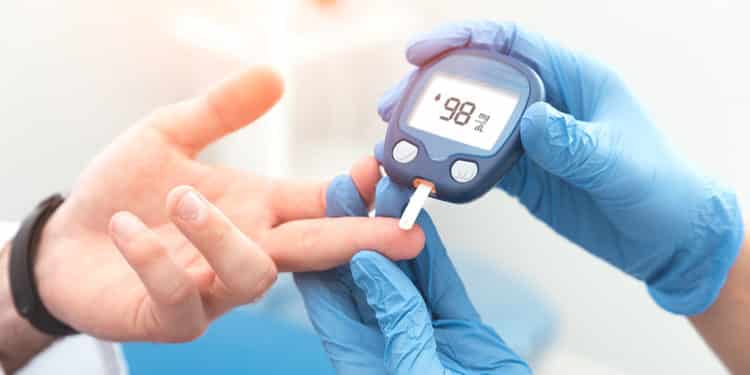With the reported cases of obesity increasing in India day by day, one can safely say that obesity’s silent twin, diabetes is growing along with it. The ignored one but serious in nature usually, the problem of ‘diabetes’ is gaining its roots all over India, heard by many but known to few.
What is diabetes?
Diabetes is a disease that occurs when your blood glucose, also called blood sugar, is too high. Blood glucose is your main source of energy and comes from the food you eat.
Insulin, a hormone made by the pancreas, helps glucose from food get into your cells to be used for energy. Sometimes your body doesn’t make enough—or any—insulin or doesn’t use insulin well. Glucose then stays in your blood and doesn’t reach your cells.
There is also a distinction between type1 and type2 diabetes if we try to get deep into it. In type1, Your immune system attacks and destroys the cells in your pancreas that make insulin whereas, in type2 diabetes, the body does not make or use insulin well.
However to fight this, Insulin therapy has been in use now for 100 years, but only recently insulin replacement has been based on physiology. The pancreas secretes insulin at continuously variable rates, finely regulated by sensitive arterial glucose sensing.
Pancreatic insulin is delivered directly in the portal blood to insulin preferentially the liver. In the fasting state, insulin is secreted at a low rate to modulate hepatic glucose output.
Magnitude in India
Diabetes poses a major health problem globally and is one of the top five leading causes of death in most developed countries. A substantial body of evidence suggests that it could reach epidemic proportions particularly in developing and newly industrialized countries.
Indeed, by the year 2025, three-quarters of the world’s 300 million adults with diabetes will be in developing countries, and almost a third in India and China alone.
The prevalence of diabetes in India is showing a sharp upswing as is evident from secular trends from different parts of the subcontinent and studies of migrant Indians.
The World Health Organization has estimated that in 1995,19.4 million individuals were affected by diabetes in India and these numbers are expected to increase to 57.2 million by the year 2025 i.e. one-sixth of the world total. The revised figures are 80.9 million by the year 2030.4

Why such Escalation?
1. Insulin resistance:
One of the important factors contributing to increased Type 2 diabetes in Asian Indians is the fact that they have a greater degree of insulin resistance compared to Caucasians.22,23 Mohan et al first demonstrated that Asian Indians have higher insulin levels to a glucose load than Europeans (hyperinsulinemia).
It was later demonstrated by euglycaemic clamp studies that insulin resistance is greater among Asian Indians compared to age, sex, and body mass index-matched Europeans. This has subsequently been confirmed by several studies.

2. Genetic Factors:
The epidemic increase in diabetes in India along with various studies on migrant and native Indians clearly indicate that Indians have an increased predilection to diabetes which could well be due to a greater genetic predisposition to diabetes in Indians.
Genetic susceptibility appears to play an important role in the occurrence of Type 2 diabetes. However, Type 2 diabetes is known to be a multifactorial disease caused by a complex interplay of genetic (inheritance) and environmental (diet and lifestyle) factors that influence a number of intermediate traits of relevance to the diabetic phenotype (e.g., β-cell mass, insulin secretion, insulin action, fat distribution, obesity).
The complex interactions between genes and environment complicate the task of identifying any single genetic susceptibility factor for Type 2 diabetes.

3. Physical Inactivity:
There is ample epidemiological evidence to demonstrate that physical inactivity as an independent risk factor is fuelling the epidemic of Type 2 diabetes, predominantly in the urban areas.
One of the important reasons for the low prevalence of diabetes in the Indian rural-based population could be that these individuals have a physically vigorous lifestyle. In his study, Misra et al 16,59 reported that migration from rural areas to urban slums in metropolitan cities leads to obesity, glucose intolerance, and dyslipidemia.
Adaptation of western lifestyle with increasing physical inactivity could be an important contributor to these factors

In Fiji, among Melanesian and Indian men, the prevalence of diabetes was more than twice as high in those graded as sedentary or undertaking light activity as in those classified as performing moderate or heavy exercise
Steps a person can take to embrace a lifestyle with diabetes include:
- Eating a diet high in fresh, nutritious foods, including whole grains, fruits, vegetables, lean proteins, low-fat dairy, and healthy fat sources, such as nuts.
- Avoiding high-sugar foods that provide empty calories, or calories that do not have other nutritional benefits, such as sweetened sodas, fried foods, and high-sugar desserts.
- Refraining from drinking excessive amounts of alcohol or keeping intake to less than one drink a day for women or two drinks a day for men.
- Engaging in at least 30 minutes of exercise a day on at least 5 days of the week, such as walking, aerobics, riding a bike, or swimming.
- Recognizing signs of low blood sugar when exercising, including dizziness, confusion, weakness, and profuse sweating.
Also, Checkout: 5 ways to keep your eyes healthy
Source: TheHealthcareDaily
















